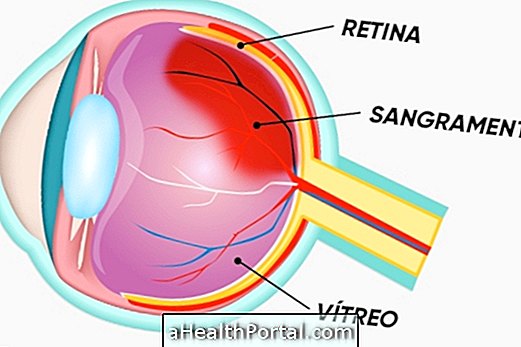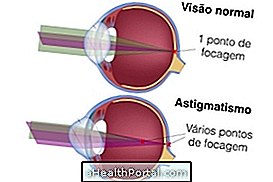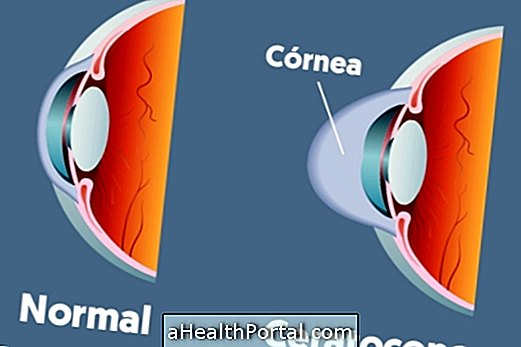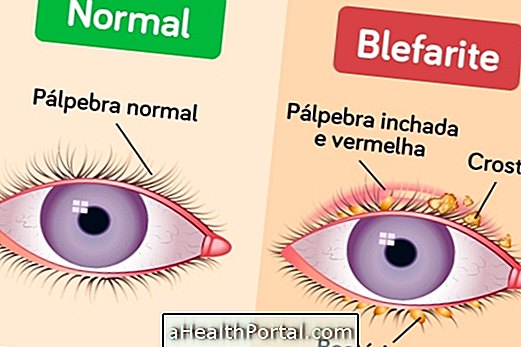Terson's syndrome is intraocular bleeding that occurs due to an increase in intrabrain pressure, usually as a result of a cranial bleeding due to rupture of an aneurysm or traumatic brain injury, for example.
It is not known exactly how this bleeding occurs, which is usually in important regions of the eyes, such as the vitreous, which is the gelatinous fluid that fills most of the eyeball, or the retina, which contains cells responsible for the vision, and can arise in adults or children.
This syndrome causes symptoms such as headache, altered consciousness and decreased visual capacity, and confirmation of this syndrome should be made by the ophthalmologist. Treatment, however, depends on the severity of the condition, which may involve observation or surgical correction, for interruption and drainage of bleeding.

Main causes
Although not well understood, Terson's syndrome most often occurs after a type of cerebral hemorrhage called subarachnoid hemorrhage, which occurs within the space between the membranes lining the brain. This may be due to a ruptured intra-cerebral aneurysm or traumatic brain injury following an accident.
In addition, this syndrome may result from intracranial hypertension, following a stroke, brain tumor, side effects of certain medications or, even, an unenlightened cause, all of which are serious and indicate a life threatening condition if treatment is not done quickly.
Signals and symptons
Terson's syndrome can be uni or bilateral, and symptoms that may be present include:
- Decreased visual capacity;
- Blurred or blurred vision;
- Headache;
- Change in the ability to move the affected eye;
- Vomiting;
- Drowsiness or changes in consciousness;
- Changes in vital signs, such as increased blood pressure, reduced heart rate and respiratory capacity.
The number and type of sinuses and symptoms may vary, depending on the site and the intensity of the cerebral hemorrhage.
How to treat
The treatment of Terson's syndrome is indicated by the ophthalmologist, and usually the surgical procedure is called vitrectomy, which is the partial or total removal of the vitreous humor or its membrane of coating, that can be replaced by a special gel.
However, a reabsorption of bleeding naturally can be considered, and can occur within 3 months. Thus, to perform the surgery, the physician should consider whether only one or both eyes were affected, the severity of the lesion, whether there is resorption of the bleeding and the age, since in children the surgery is usually more indicated.
In addition, there is also the option of laser therapy, for interruption or drainage of bleeding.





















